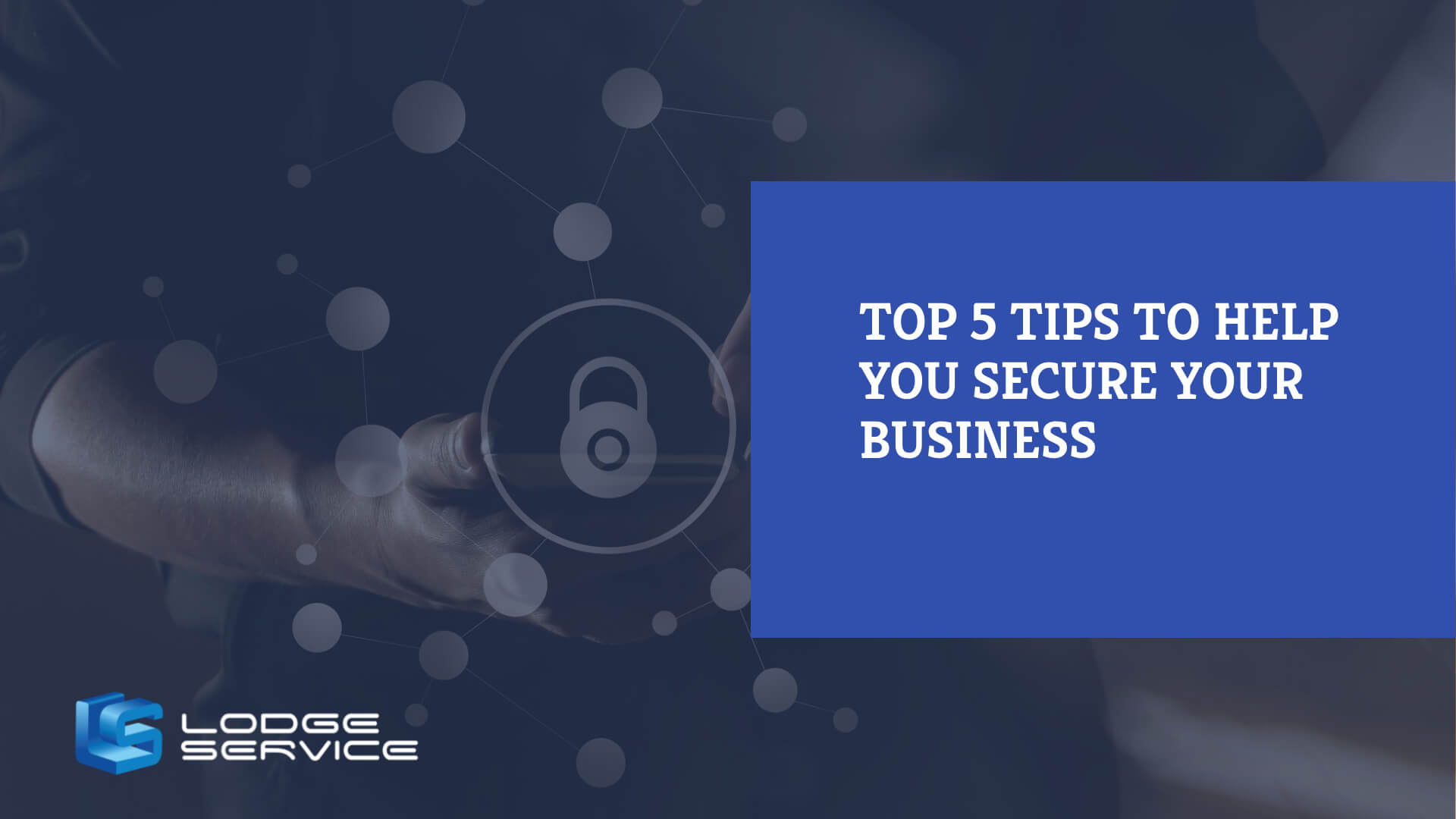No business is immune to risk. In these uncertain times, it’s more important than ever for business owners to take the necessary precautions to protect their organisations from potential threats. While some risks may be out of your control, there are many steps you can take to minimise the impact they have on your business. This article will discuss five critical tips for risk management that every business should implement.
1) Invest in Adaptable Technology:
In today’s ever-changing landscape, it’s essential to have technology that can adapt to your needs. Investing in cutting-edge software and hardware will help you stay one step ahead of the competition and protect your business against potential risks. Technology is constantly evolving, and so are the threats faced by businesses. As such, it’s important to regularly review your organisation’s business security systems and make sure it meets your current needs.
It’s important to invest in technology that can adapt to your changing needs. This is especially true when it comes to security and risk management. CCTV (closed-circuit television) systems are a great way to monitor activity on your premises and deter potential criminals. CCTV footage can also be used as evidence if a crime does occur. There are many different types of CCTV systems available on the market, so it’s important to do your research and find one that best suits your needs. Security technology also extends to things like security alarms, door locks, and motion sensor lights. Security systems that use artificial intelligence (AI) can also be very helpful in identifying and responding to potential threats. Some other examples of adaptable technology include:
-Cloud-based applications are a great way to keep your data safe and secure. AI can help you identify potential risks before they happen, and big data analytics can give you insights into how to mitigate them.
-Mobile security solutions are essential for businesses that rely on BYOD (bring your own device) policies.
-Artificial intelligence (AI) is a type of technology that is designed to mimic human intelligence. It can be used for various tasks, such as identifying patterns, making predictions, and providing efficiency & recommendations.
-Big data analytics is the process of examining large data sets to identify trends and patterns.
2) Safeguard Your Business:
The following key tip is to safeguard your business. This means taking steps to protect your employees, customers, and assets. One way to do this is to create a culture of safety and security. This can be done by implementing policies and procedures that promote safety and security. Another way to safeguard your business is to invest in security technologies that can help you detect and respond to threats quickly. Some examples of modern-day security solutions include:
-Security cameras: CCTV cameras can help you monitor your premises and identify potential threats.
-Access control: This can help you restrict access to certain areas of your business and prevent unauthorised people from entering.
-Intrusion detection: This can help you quickly detect and respond to intrusions.
-Fire safety: This can help you quickly prevent and respond to fires.
-Motion sensors: These can help you detect and respond to moving quickly.
Each of these solutions can help you protect your business against different types of risks. Choose the right mix of solutions for your business based on your specific needs.
3) Train Your Employees:
Training your employees is one of the best ways to protect your organisation against risks. By teaching them about the dangers of security risks, you can help them become more vigilant and aware of the steps they need to take to keep themselves and your business safe. It’s important that you ensure everyone is on the same page regarding security.
In addition to training your employees, you should also have a clear set of policies and procedures that they must follow. These should be regularly reviewed and updated as new threats emerge, and everyone should know what to do if they suspect a security breach. Having a plan in place will help minimise the damage if an attack occurs, and it will also make it easier for you to track down the perpetrators afterwards.
4) Prioritise Risk Management
One of the most important things you can do to protect your organisation is to prioritise the risk management of your employees and business assets. This means making sure that you have adequate insurance coverage in place for your employees and business assets, as well as implementing security measures to protect them from theft, damage, or loss. You should also make sure that your employees are aware of the importance of risk management and are trained on how to properly handle and store sensitive information and materials.
5) Protect Your Business Finances:
Another important way to protect your organisation against risks is to implement security measures to protect your business finances. This includes things like setting up fraud prevention and detection systems, as well as ensuring that your financial information is properly encrypted and stored. You should also have procedures in place for dealing with financial emergencies, such as a data breach or loss of income. Security measures are essential for protecting finances because they can help to mitigate the damage that can be caused by risks.
By taking these measures, you can help to protect your organisation against the risk of financial difficulties in the future.
Today’s organisations face many risks, but by taking some simple steps, you can help minimise them. Prioritising health and safety, reviewing your finances regularly, and having robust insurance coverage are all key measures you can take to protect your business. Taking these precautions can help ensure that your organisation is as safe and efficient as possible.

